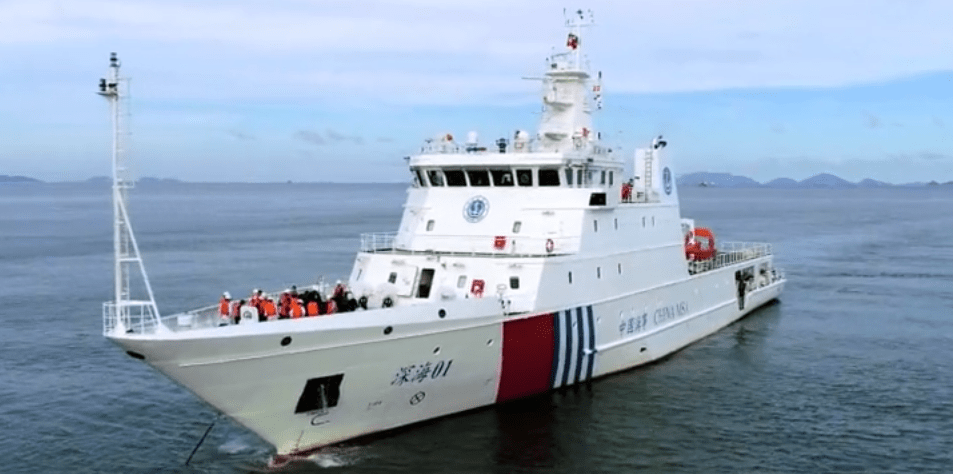
Search and Rescue in China: the first hybrid-electric emergency vessel
The first hybrid-electric emergency rescue vessel built in China to provide safety with sustainability.
The first Chinese-built hybrid emergency rescue vessel is powered by ABB’s bridge-to-propeller technologies, including Azipod® electric propulsion, energy storage system and state-of-the-art automation and control solutions that further optimize operational efficiencies.
Hybrid-electric emergency rescue vessel for sustainability – The successful creation in China
Successfully delivered to Shenzhen Maritime Safety Administration (MSA) by Huangpu Wenchong Shipbuilding, the 78m length vessel will be deployed to provide emergency responses at sea and carry out rescue operations. Shenhai 01 can be fully powered by batteries for up to three hours of operations, which is particularly crucial for safe rescue operations in areas affected by hazardous gas.
“As the first China-designed and built emergency rescue vessel, Shenhai 01 is ranked among the top technologically advanced ships around the world,” said Mr Xiubin Guo, Deputy Director-General of Shenzhen Maritime Safety Administration. “ABB is a leading integrated solutions provider, especially for advanced and complex vessels. We are very glad that the first project between MSA and ABB Marine & Ports has been such a great success.”
“We are very proud to contribute to this benchmark project,” said Alf Kåre Ådnanes, General Manager of ABB Marine & Ports China. “This project marks the first delivery of our energy storage system in China, and it has been an honor to work with such forward-thinking shipowner and yard from the drawing board all the way to vessel delivery.”
Power, safety and sustainability: the main theme of the new emergency rescue vessel from China
The power setup will be controlled by ABB’s integrated Power and Energy Management System (PEMS™), which will optimize the energy use onboard. The system controls three sets of diesel generators and two sets of lithium batteries with a total capacity of 1680kWh. The PEMS™ system not only increases vessel power plant performance and diesel engine efficiency but also supports zero-emission operations in the fully electric mode.
The vessel is powered by twin Azipod® electric propulsion units with a combined power of 6 megawatts. Azipod® units can rotate 360 degrees to increase manoeuvrability and operating efficiency, with the proven ability to cut fuel consumption by up to 20 per cent compared to traditional shaft line propulsion systems. For close to three decades, Azipod® electric propulsion has been the driving force behind safe, efficient and sustainable operations for a wide range of vessels. ABB’s scope of supply also includes the remote control system for manoeuvring the Azipod® units from the bridge.
Shenhai 01’s operations will be remotely monitored and supported by experts from ABB’s global network of ABB Ability™ Collaborative Operations Centers. Remote support and connectivity, together with advanced data analytics enabled by the ABB Ability™ Remote Diagnostics System, will further enhance the vessel’s operational safety and ensure optimal performance while helping to promptly detect and correct faults on board. This is particularly important for vessels carrying out rescue operations in remote areas.
About ABB Marine & Ports
ABB Marine & Ports supplies world-leading technologies that are driving the evolution of sustainable shipping.
READ ALSO
SOURCE

